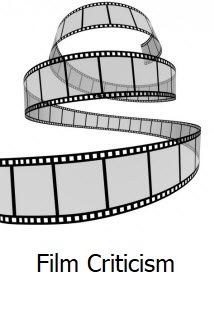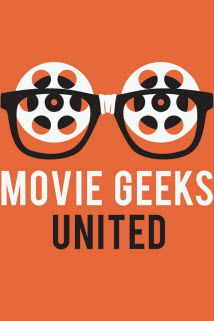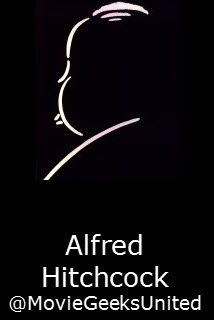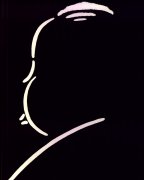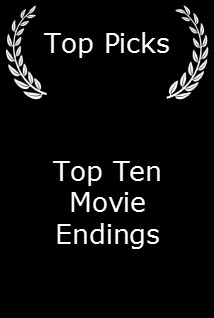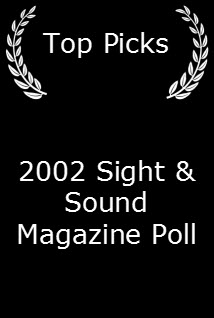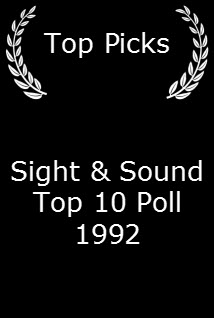In the House (2013)


Content by Tony Macklin. Originally published on May 31, 2013 @ tonymacklin.net.
In the House is a clever, cluttered, and transcendent film.
Director/scriptwriter Francois Ozon knows his Hitchcock well. He employs him effectively, but the clutter is his own.
Many of the French have always exalted Hitchcock. Francois Truffaut did a book interviewing Hitch - two directors talking wisely about Hitch's films.
Ozon tries to stuff too much into his film. Hitch used simplicity and clarity even when he was obfuscating. But despite some occasional faltering, Ozon does pay impressive tribute to the master.
In the House is a story about stories - some tantalizing, some unexpected, some hackneyed. It is a film about creative choice.
Germain (Fabrice Luchini) - an exasperated French teacher of literature - receives an assignment from one of his students, 16-year old Claude Garcia (Ernst Umhaver).
The essay/story begins to pique the teacher's interest. The young man writes further stories as he insinuates himself into the family of a classmate. His perspective changes as he gets closer. He is mesmerized by the wife and mother Esther (Emmanuelle Seigner).
Together student and teacher embark on a mysterious journey of reality and imagination. It is an exploration of crisis and response, gain and loss.
Ozon keeps much of Hitch's vision and some of his style alive. There is the Hitchcockian concept of concocted image that was so effective in Vertigo (1958). The ending of In the House is blatant homage to Rear Window (1954).
Ozon features one of Hitch's major themes - voyeurism. A scene in which the hidden Claude watches Esther change shoes could have been done by Hitchcock.
In the House is rampant with dualities that are delicious. There are even two twins in the movie - two philistine sisters who own an art gallery run by the teacher's wife Jeanne (Kristin Scott Thomas).
The gallery produces one of society's eternal questions - is it porn or art?
Another popular question is asked to Claude by Germain, "Is the apple a symbol or just an apple?" Was it just a whale?
Germain also asks if Claude's prowling the house at night was "like an angel or a vampire?"
There are two fathers, two sons, two present wives, also a mother present and a mother missing. Roles shift, images change. Imagination soars and stumbles. Creativity is unleashed and leashed.
There are two Esthers and two Jeannes for Claude. The women's names are repeated twice in a sentence, "Esther, Esther" and "Jeanne, Jeanne."
In the House is Ozon's adaptation of a play by Spaniard Juan Mayorga. Mayorga has a background in mathematics and philosophy. That's a piquant duality.
Claude says, "Mathematics never disappoints." Literature does - Germain once wrote a novel which wasn't successful.
The acting is exemplary. Umhaver deftly embodies the immature, cool and curious Claude. Fabrice Luchini is convincing as the teacher who is going through mid-life creative crisis.
Emmanuelle Seigner portrays the noncurious wife and mother living a bored life. And Kristin Scott Thomas has depth as an unrewarded wife.
All of the characters are trying to find a way out of the trap of their lives.
In several scenes a character appears, unseen by the other characters because he is there only in the imagination.
One can imagine Hitch hovering over Ozon's shoulder saying, "good fellow," or "don't open that door," or "remember that logic is dull."
Ozon often hears the master, but - like Claude - he tries to cram too much into his story.
Still, Hitch should be pleased that Ozon is in his house.

